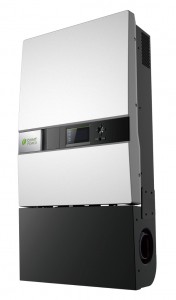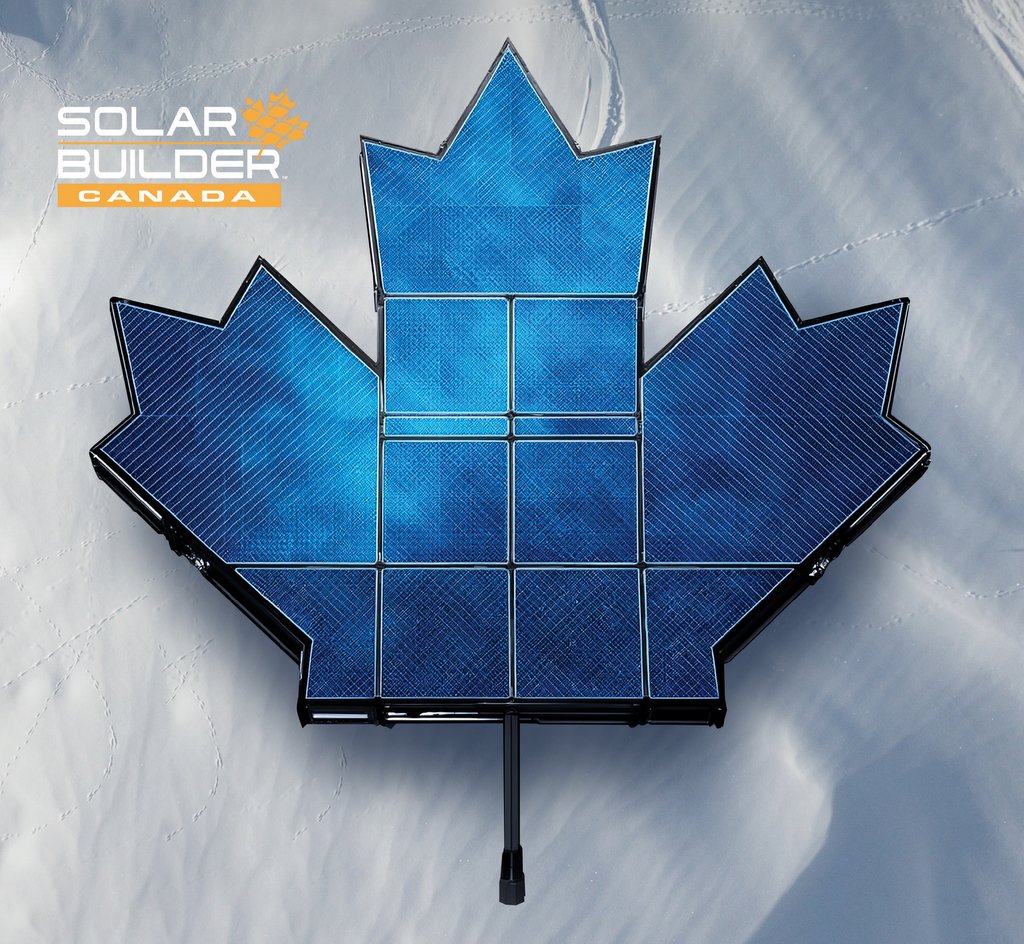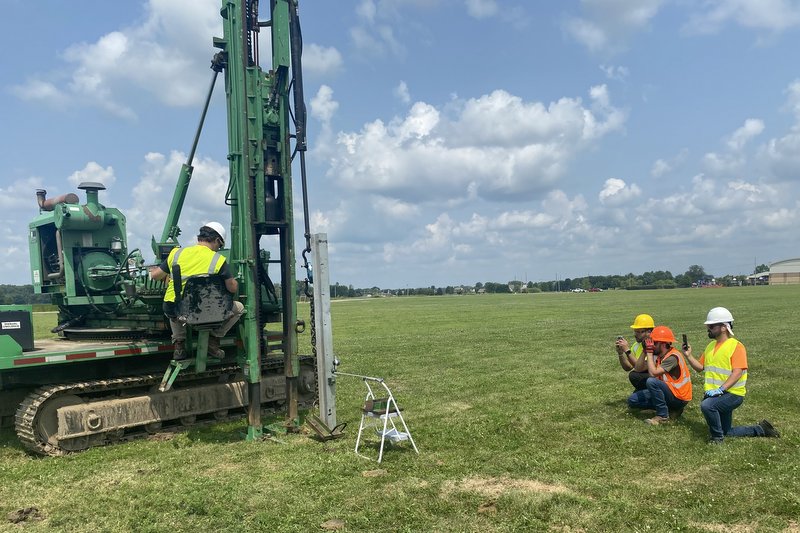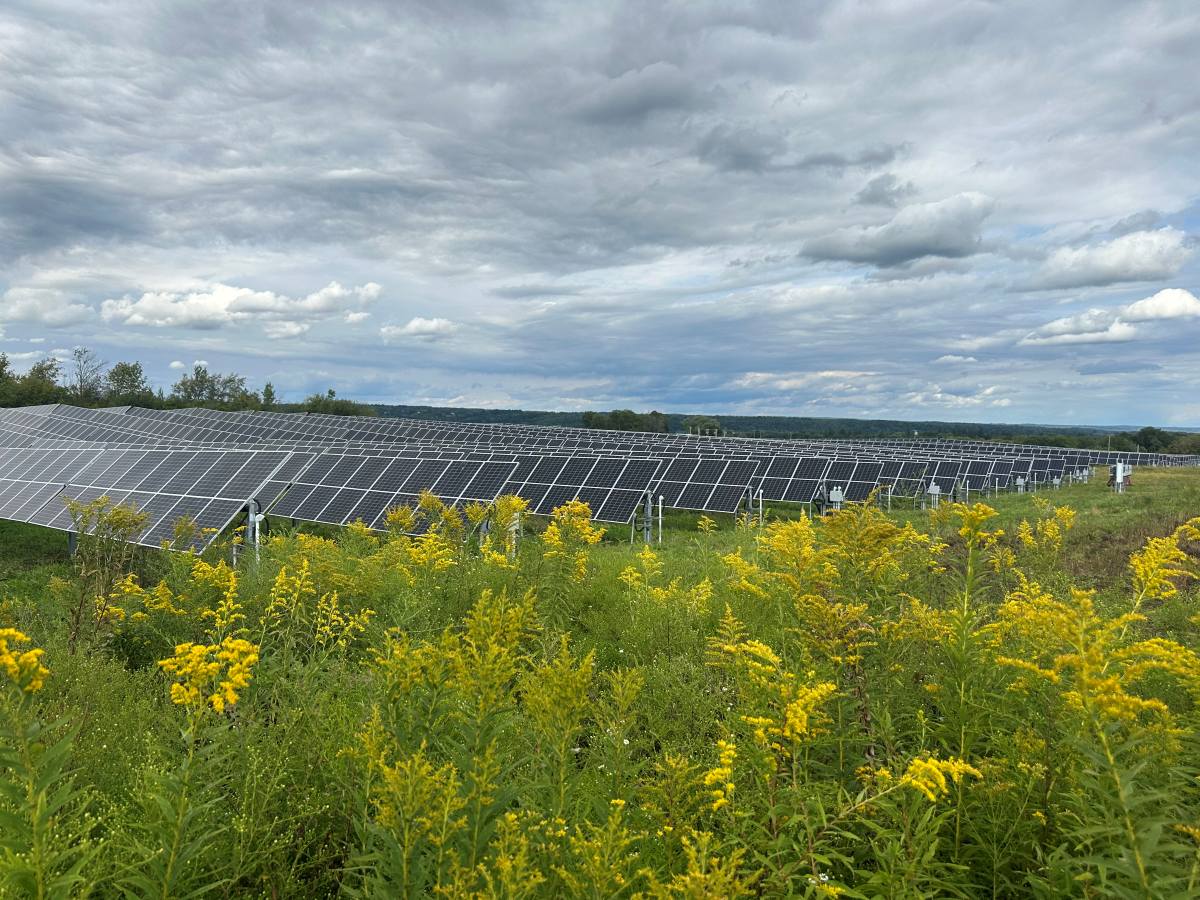New Standard: Three-Phase String Inverters
Somewhere between micro and central lies a better inverter architecture for commercial rooftops.
By Casey Miller
Throughout the last few years, solar inverters have become more advanced and efficient enabling new technologies to challenge old norms. Microinverters have made great strides to become a dominant force in the residential market, and now they’re moving into the commercial segment. Three-phase string inverters, which are often used in Europe for large-scale applications, have made gains in efficiency, cost and installability and are gaining significant interest in the U.S. commercial markets. While commercial installations have traditionally used large central inverters, systems designers and installers now have more options.
These new technologies challenge conventional thinking regarding the resolution of power conversion. Central inverters process the entire array in a single unit, while microinverters process the power produced from each individual PV panel. As an example, a 240-kW-DC rooftop would utilize a single 200-kW-AC inverter, while an estimated 1,000 microinverters would be used. Three-phase string inverters offer an alternative between these two extremes, processing 10 to 25 kW of the array with each inverter. What is the ideal architecture for commercial applications?
Power Level Optimization
Microinverters and three-phase string inverters help a designer match the inverter power level to the array capacity. Project sizes are often defined by the limitation of the available area to install PV panels. A rooftop has a limited size. A carport application has only so many carport structures to work with. Central inverter manufacturers cannot produce an unlimited number of power levels; it is simply inefficient and uneconomical. In fact, power level variants from central inverter manufacturers are often simply de-rated versions of a higher power level product. They are not optimized around cost or performance.
Consider a rooftop with 225 kW of DC peak capacity, and a designer who seeks a 1.25 DC-AC ratio. The ideal inverter size of 180 kW might not be available on the market, as manufacturers of central inverters tend to have large gaps in nameplate rating between inverters in their portfolio. If designing with a 20-kW three-phase string inverter, however, a quantity of nine string inverters can be used. A microinverter solution enables the designer to match the power conversion capacity to the array capacity. In this case, the designer would benefit from an ideal power conversion solution, only paying for what he or she needs. Given the high up-front cost of microinverter solutions, three-phase string inverters allow the designer to cost-effectively design the system, while avoiding too much or too little inverter capacity.
Several design and operational benefits exist when using string inverters. For instance, using a 20-kW string inverter building block enables the system designer to scale designs up or down in small and cost-efficient increments. By developing complete reference designs with each building block (including module, racking, wire, labor and other costs), project estimates can be done quickly and design time can be reduced. In addition, integrators can purchase inverters at higher volume and lower risk, knowing that even if projects change, the inverters can be deployed on future projects. This enables greater buying power and operational efficiency.
Improved Uptime & Serviceability
With a central inverter system, if the inverter has a failure, the entire system stops producing power. Recovery of the unit is often slow, while the inverter manufacturer schedules a service visit. By comparison, an inverter failure in a string-based system only reduces the system output by the size of the single string inverter — not the entire array. These inverters can be serviced rapidly with off-the-shelf replacement units, rather than the scarce resource of the manufacturers’ technicians.
A microinverter has the same benefit of limited production losses per failed unit, but with several more inverters per site, the risk exposure is higher. In addition, microinverters are often located under the PV panel, requiring removal of the panel to access and replace each inverter. Given these considerations, a system designed with three-phase inverters is likely to operate with improved uptime and lower service costs relative to central and microinverter systems.
Design Flexibility
In addition to the benefits of system sizing and uptime, three-phase string inverters represent a less expensive way to maximize installed PV capacity and to minimize the effects of shading, soiling or other environmental factors. A 20-kW three-phase string product, with two 10-kW-DC inputs and dual maximum power point tracking (MPPT) trackers, allows for the flexibility to design a roof with variable string lengths and a variable number of strings per inverter, while minimizing the effects of shading from rooftop obstacles.
Although microinverters offer the highest resolution of MPPT, they do come at a higher price (roughly two times the price per Watt cost of leading three-phase string inverters) and a lower California Energy Commission (CEC) efficiency. In addition, shading often doesn’t happen on a single module (particularly in commercial applications), but on a string or group of strings, minimizing the benefit of module level MPPT conversion.
Central inverters with a single MPPT tracker require repeatable string lengths and balanced strings, and their power production can be disproportionally affected by shading on a group of strings. Given cost considerations, 10- to 25-kW inverters are an ideal power conversion building block and offer the system engineer an optimal level of design flexibility for rooftop PV systems.
Selecting the appropriate power conversion architecture for commercial solar applications is a critical decision. As the market matures, the criteria for selecting an inverter is no longer simply price, but a holistic view of inverter price, installed cost, design costs, system optimization and service cost. In consideration of all these factors, three-phase string inverters offer an ideal solution. Three-phase string inverters enable optimized rooftop power building blocks, improved uptime and serviceability and cost-efficient design flexibility for commercial installations. Given their many benefits to designers, installers, system owners and operators, this power conversion architecture is quickly becoming the new standard for commercial PV systems.
Casey Miller is director of business development for Chint Power Systems (a three-phase inverter manufacturer) and principal and co-founder of Envect Inc. For more information, visit chintpower.com/na and envect.com.






Comments are closed here.